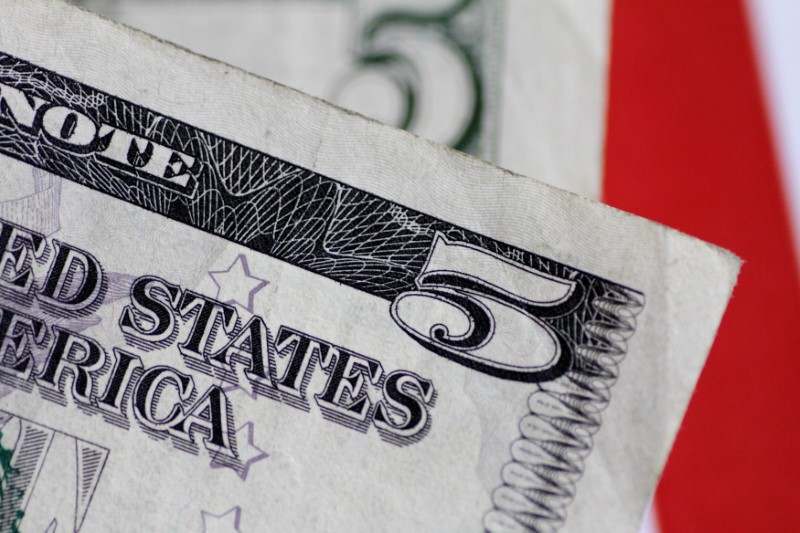S&P 500 falls as ongoing government shutdown, trade jitters weigh
Investing.com-- Most Asian currencies firmed on Thursday, while the dollar retreated amid growing conviction that the Federal Reserve will cut interest rates in October.
But advances in regional currencies were stalled by fears of a brewing Sino-U.S. trade war. The Australian dollar lagged its peers after dismal labor data ramped up bets on a November interest rate cut by the Reserve Bank (RBA).
Traders still remained broadly risk averse, with gold hitting fresh record highs on Thursday.
Australian dollar dips as dismal jobs data fuels rate cut bets
The Australian dollar’s AUD/USD pair fell 0.3% on Thursday, with the currency lagging its regional peers following weak labor data for September.
Australian employment growth missed expectations, while unemployment unexpectedly jumped to a four-year high. Data for August was also revised lower, pointing to a sharper decline in the labor market than previously estimated.
The weak labor data ramped up bets that the RBA will have enough impetus to cut interest rates in early-November, especially as it moves to avoid further employment declines.
The central bank has flagged inflation and labor growth as its two biggest considerations for cutting rates.
But analysts warned that inflation likely turned sticky in the third-quarter and could still push the RBA into keeping rates unchanged. The RBA cut rates by a cumulative 75 basis points this year.
Asia FX firms, dollar down on rate cut bets
Broader Asian currencies extended their advance on Thursday as recent comments from Fed Chair Jerome Powell ramped up bets on a late-October rate cut.
The Japanese yen’s USD/JPY pair fell 0.2%, firming amid growing doubts over fiscal dove Sanae Takaichi’s prime ministership.
While Takaichi was elected leader of the ruling Liberal Democratic Party, the LDP’s opposition parties were reportedly seen considering backing their own prime ministerial candidate.
Long-time LDP ally Komeito also abruptly withdrew from the coalition last week, complicating Takaichi’s path to prime ministership.
The South Korean won’s USD/KRW pair fell 0.1%, while the Singapore dollar’s USD/SGD pair fell 0.2%.
The Indian rupee’s USD/INR pair fell 0.1%, amid some hopes that the U.S. will lower its 50% trade tariffs against the country. U.S. President Trump said on Wednesday Indian Prime Minister Narendra Modi had “assured” him that New Delhi will curb its purchases of Russian oil, amid increasing pressure from Washington to do so.
The Chinese yuan’s USD/CNY pair fell slightly, steadying after a series of strong midpoint fixes by the People’s Bank sparked strong gains in the currency. The yuan had also largely firmed past weak inflation data for September.
Trade tensions between Washington and Beijing remained in play, after U.S. President Donald Trump last week threatened to impose 100% trade tariffs against China. Beijing had decried Trump’s threat and
The dollar index and dollar index futures fell 0.1% and 0.3%, respectively, in Asian trade.
The greenback was pressured by growing confidence in an October rate cut by the Fed. Bets on the cut rose this week following dovish-sounding comments from Chair Powell, who said that an end to the bank’s quantitative tightening activities was in sight.
Persistent concerns over the U.S. economy also weighed, as an ongoing government shutdown showed few signs of easing. The Treasury warned on Wednesday that the shutdown could cost the economy $15 billion weekly.
